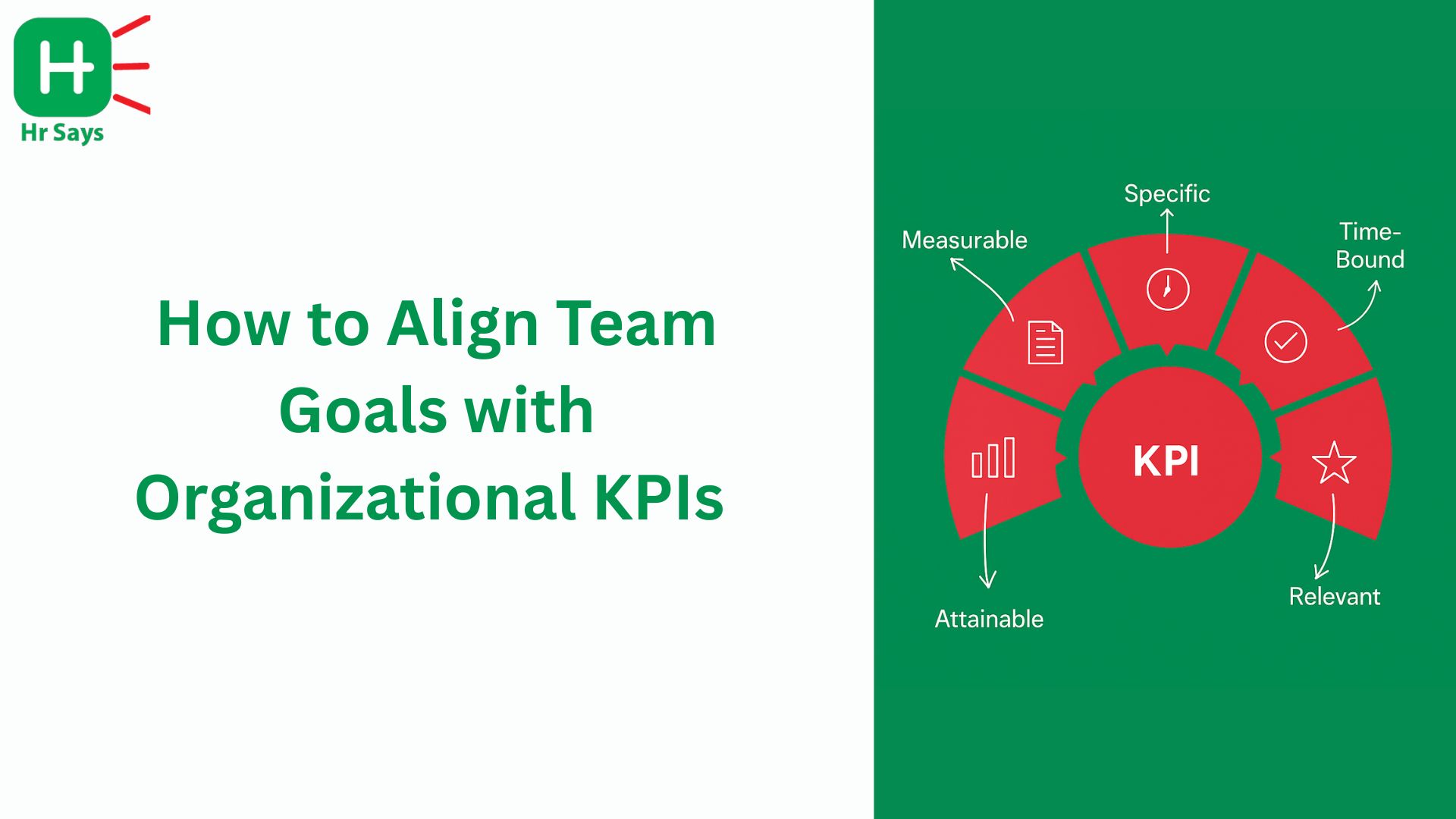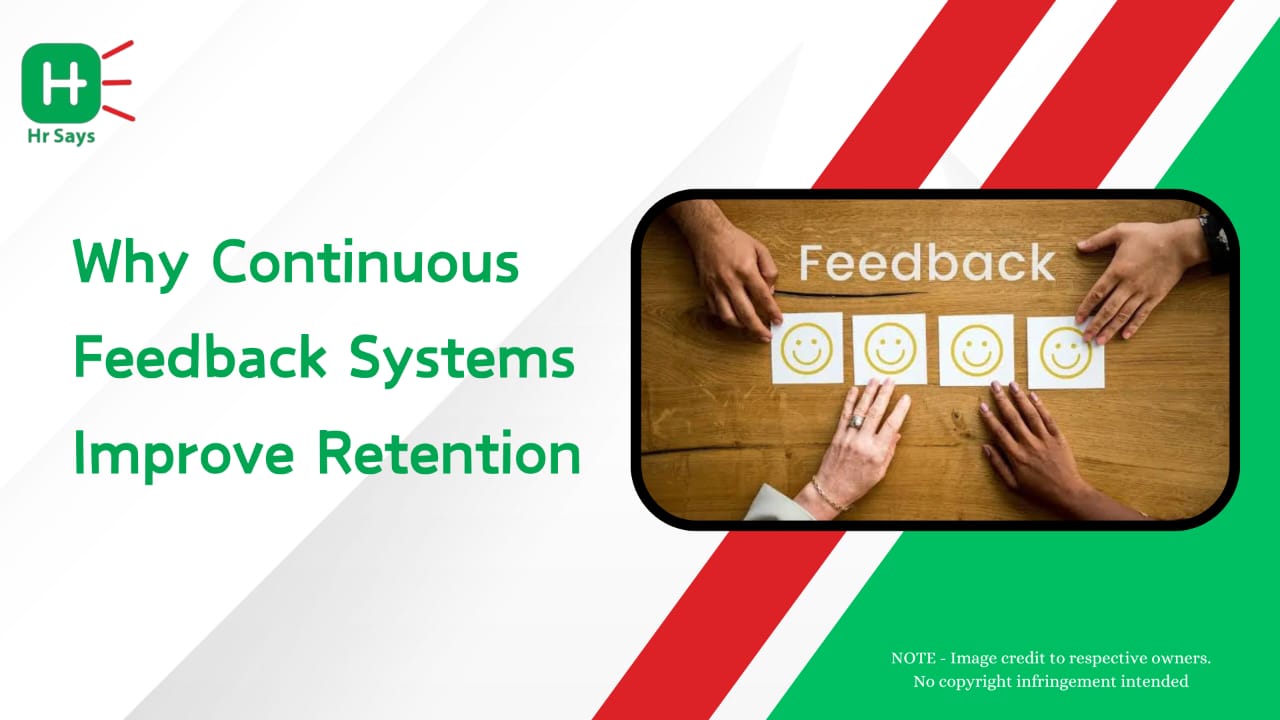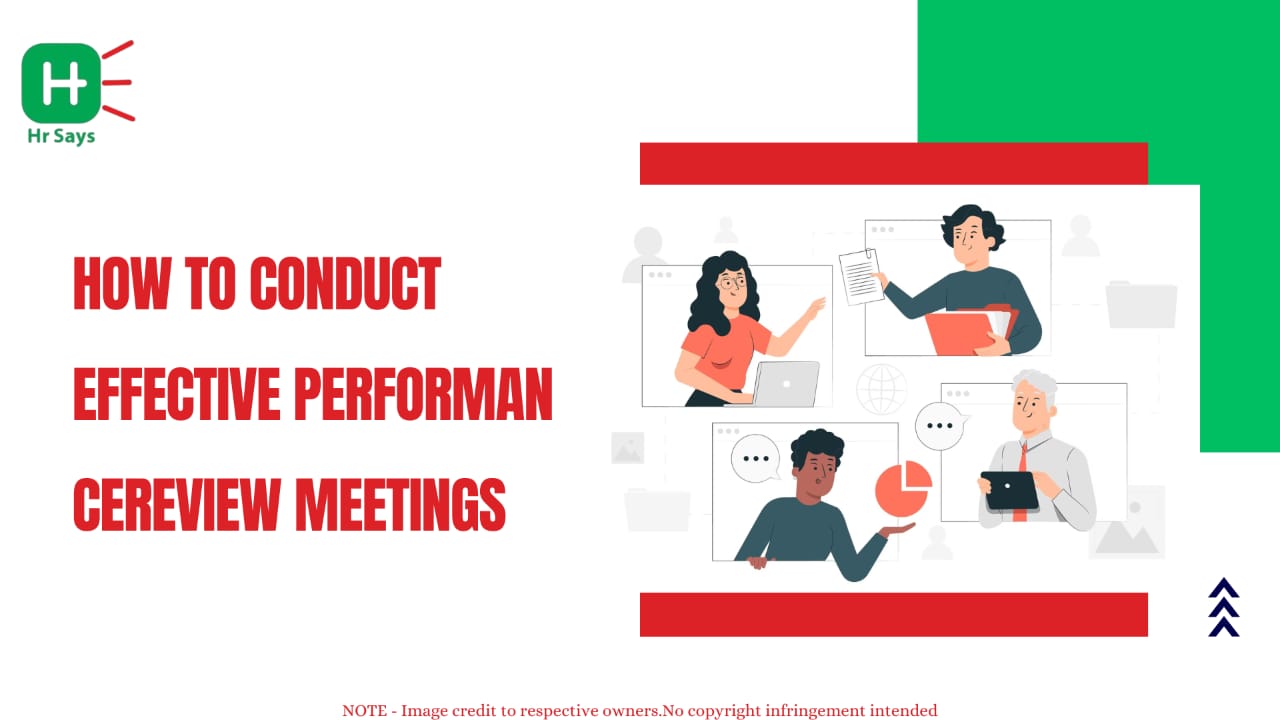Have you observed the minimal level of employees doing the bare minimum in the recent past? The silent quitting phenomenon has put most HR leaders in a dilemma. Staffs do not always leave but tend to quit emotionally leaving them with little attention and output. This silent crisis is now a vital subject to be understood by all the HR professionals.
Understanding Silent Quitting and Disengagement
Silent quitting does not mean resigning. It is regarding employees emotionally leaving their working place. They no longer discretionally work, lose the drive and do not want to work out of their job order. To state it simply, they are there but not engaged.
This behavior often stems from:
● Burnout and lack of appreciation
● Limited career growth opportunities
● Poor communication from managers
● Unclear job roles and boundaries
When ignored, disengagement spreads like a silent wave. It affects team morale, collaboration, and ultimately, business outcomes.
The Evolving Role of HR
The Human Resources department plays a crucial role in identifying and addressing silent quitting. HR is not just about policies anymore; it is about people, culture, and engagement. The modern HR leader must act as a bridge between management and employees.
To tackle disengagement, HR professionals need to:
● Foster a sense of belonging and purpose
● Create transparent communication channels
● Encourage work-life balance through flexible policies
● Recognize and reward consistent effort
When employees feel seen and valued, silent quitting often fades naturally.
Building a Culture of Trust and Connection
A healthy workplace culture does not emerge overnight. It requires consistent effort and emotional intelligence from HR leaders. Trust-building initiatives can reshape how employees view their workplace.
HR Strategies to Reconnect Employees
● Conduct regular pulse surveys to sense early disengagement
● Implement stay interviews rather than just exit ones
● Train managers to recognize emotional cues
● Encourage peer appreciation programs
Simple gestures like acknowledgment in meetings or personalized feedback can rebuild lost trust and enthusiasm.
Employee Engagement as a Long-Term Strategy
Sustaining engagement is not a one-time task. It must be woven into the organizational fabric. HR should focus on data-driven engagement strategies that reflect real employee needs rather than assumptions
. Some effective methods include:
● Introducing mentorship and growth opportunities
● Offering skill development and learning programs
● Creating forums for open dialogue
● Regularly updating employee wellness programs
By investing in holistic engagement practices, HR ensures that employees feel emotionally connected to their work and aligned with organizational goals.
Conclusion
Silent quitting is not a failure of employees but a signal for organizations to listen more closely. HR’s role is evolving beyond administration into empathy, strategy, and people analytics. When human connections are prioritized over compliance, engagement naturally follows. In the end, it is not about stopping silent quitting; it is about creating workplaces where quitting silently never feels necessary.
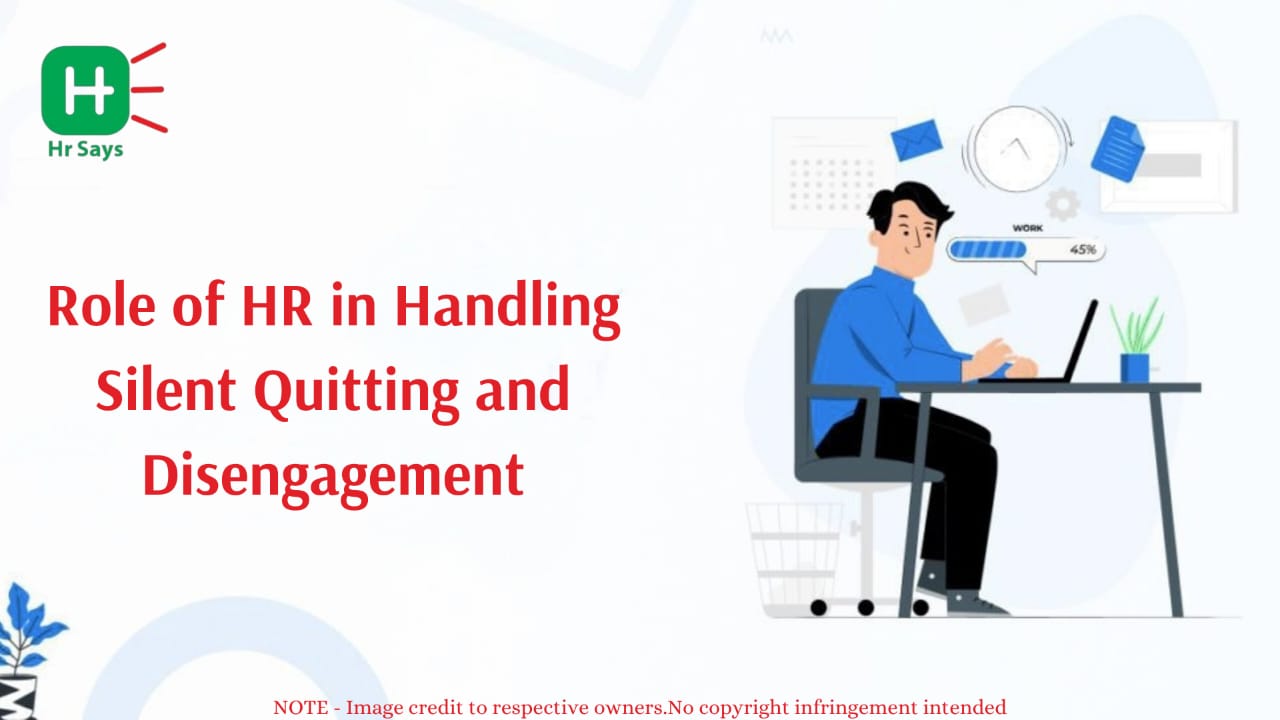
 Silent quitting reflects emotional disengagement at work. HR plays a central role in identifying,
addressing, and preventing it through communication, recognition, and trust-building strategies
that promote genuine employee engagement and workplace connection.
Silent quitting reflects emotional disengagement at work. HR plays a central role in identifying,
addressing, and preventing it through communication, recognition, and trust-building strategies
that promote genuine employee engagement and workplace connection.









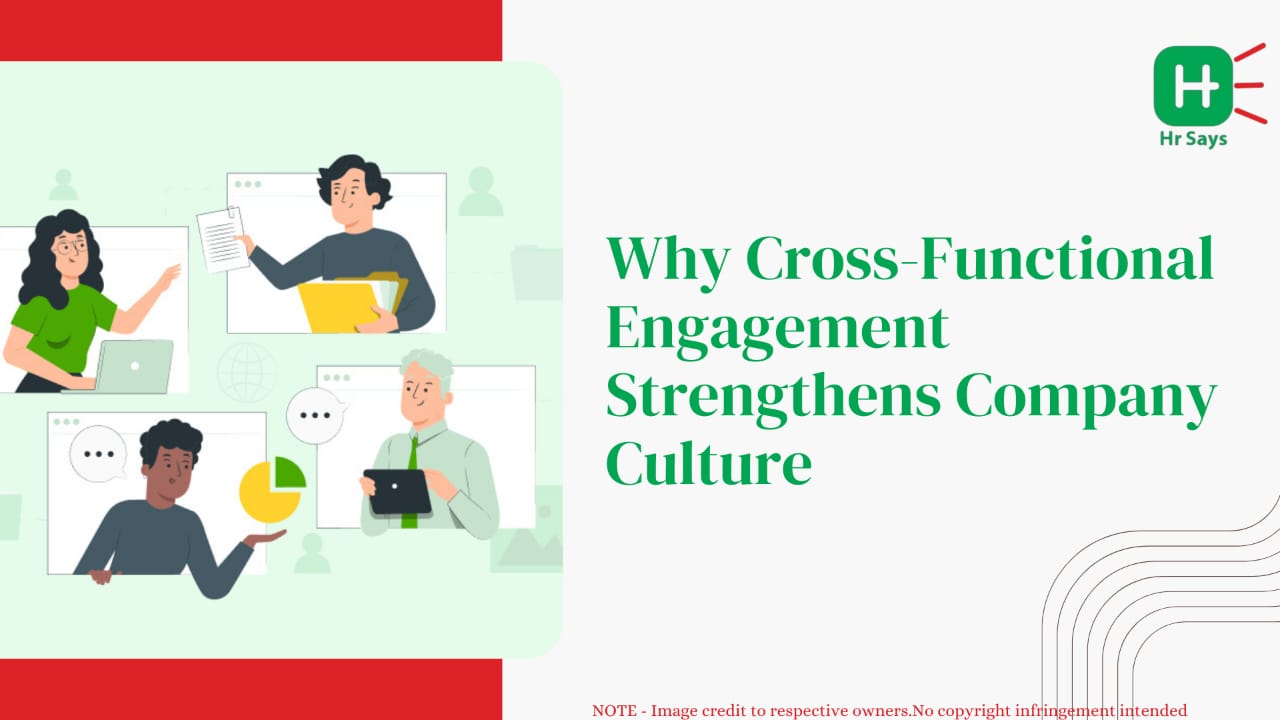

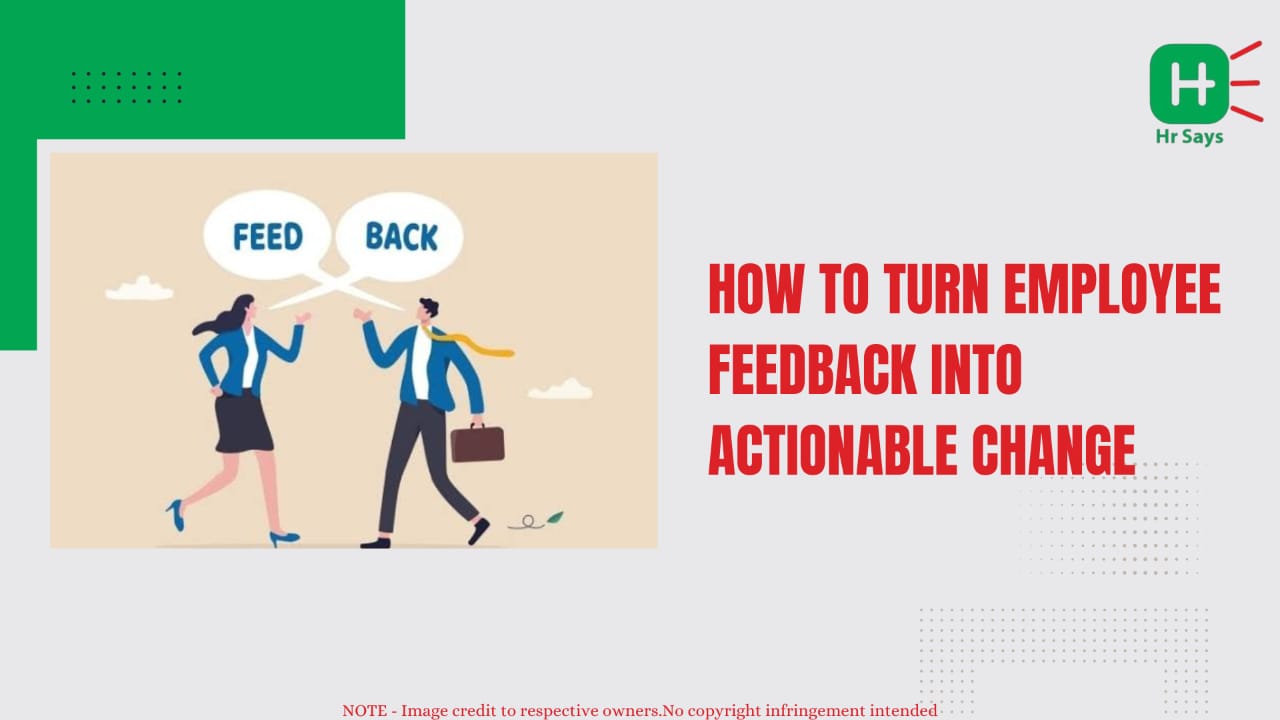


.jpeg)
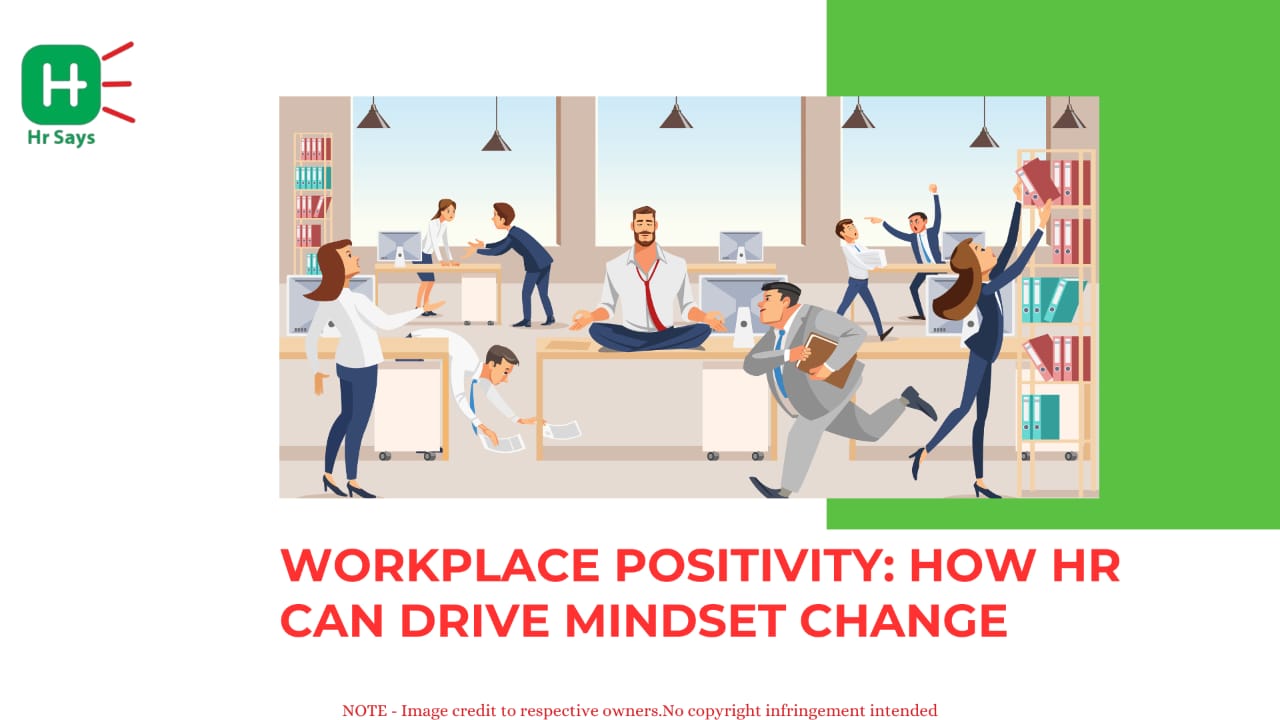


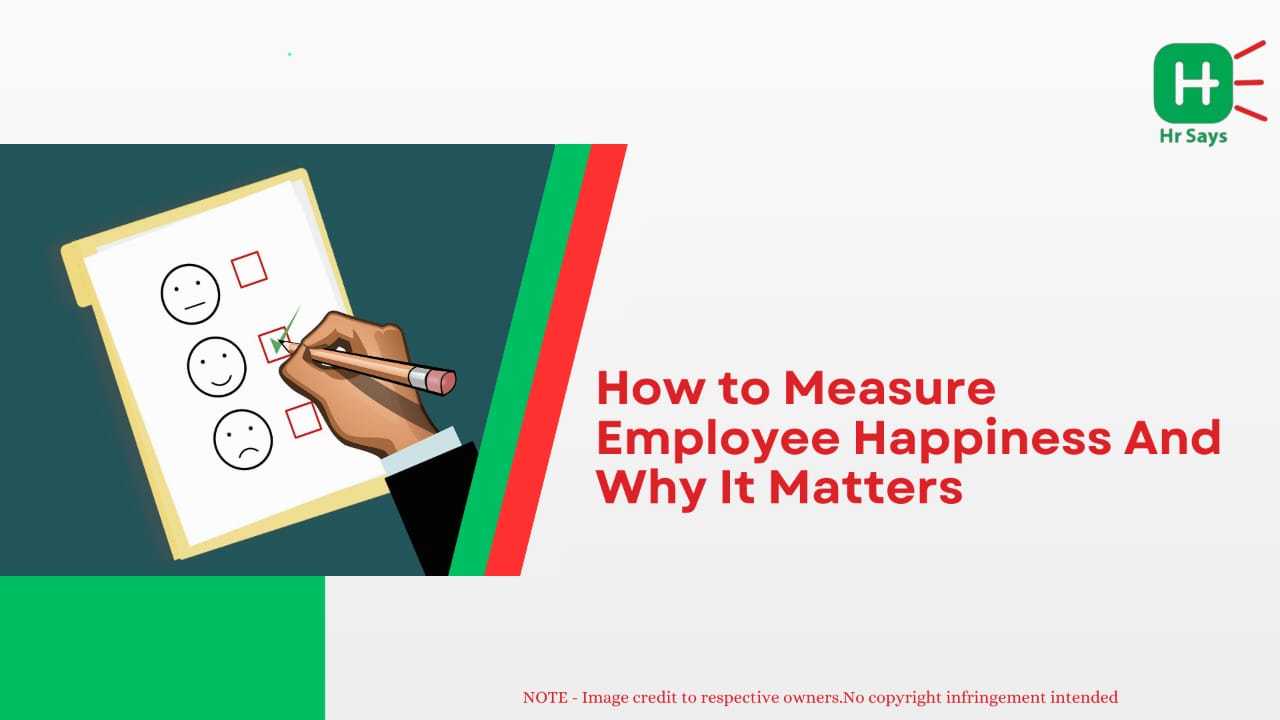

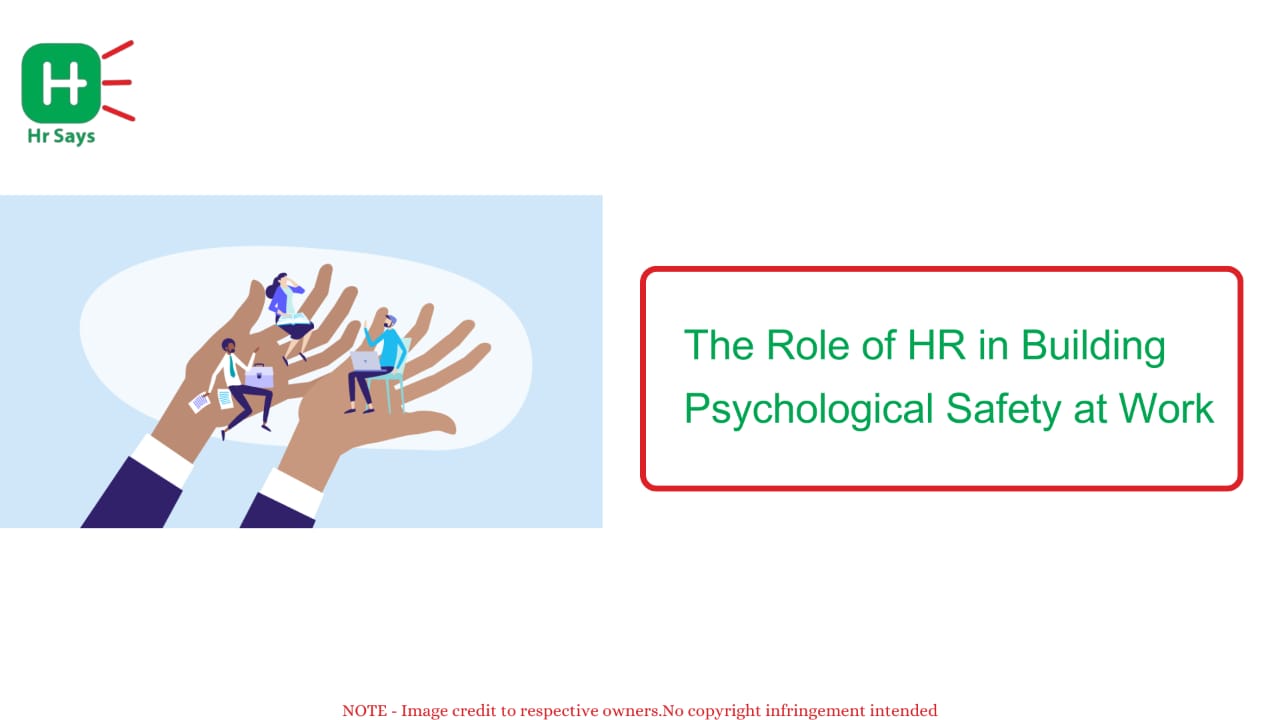

.jpg)
